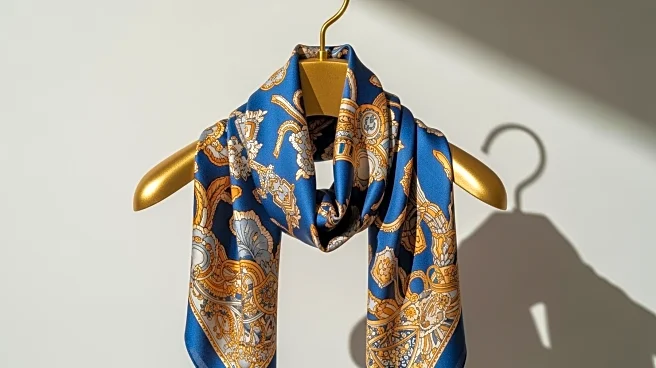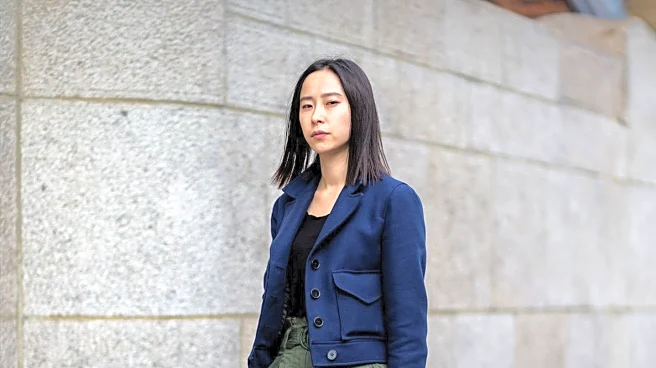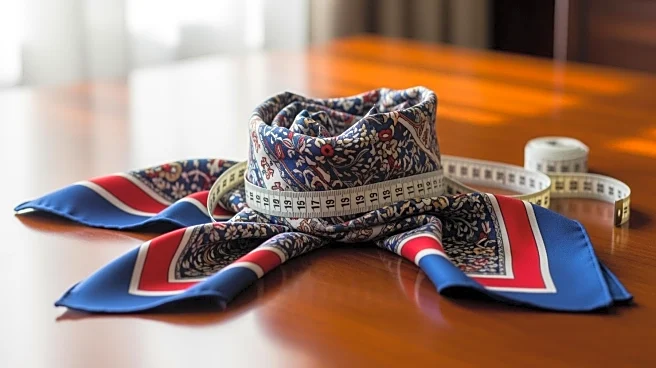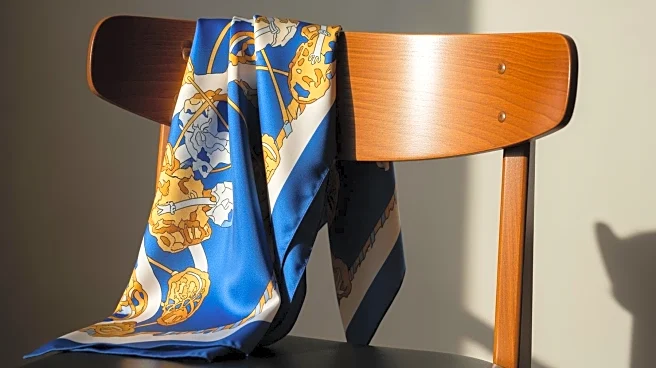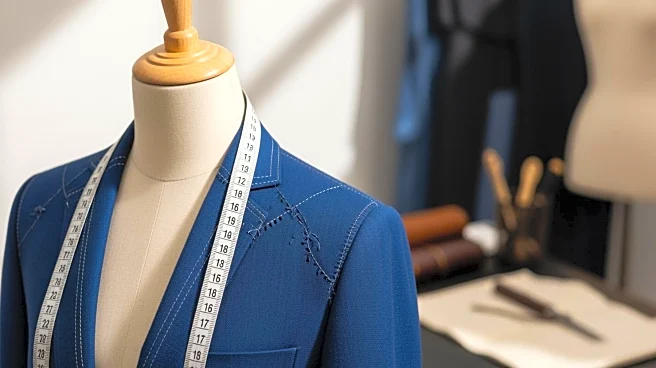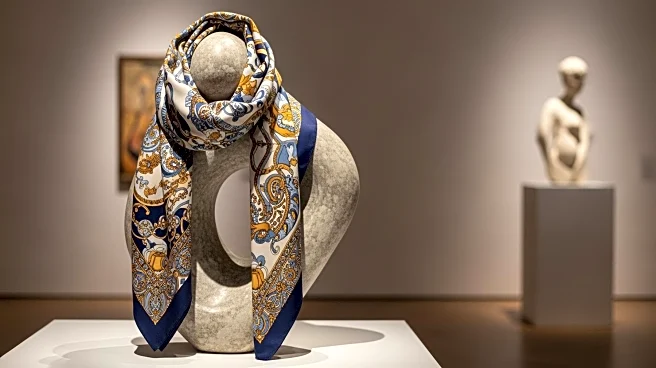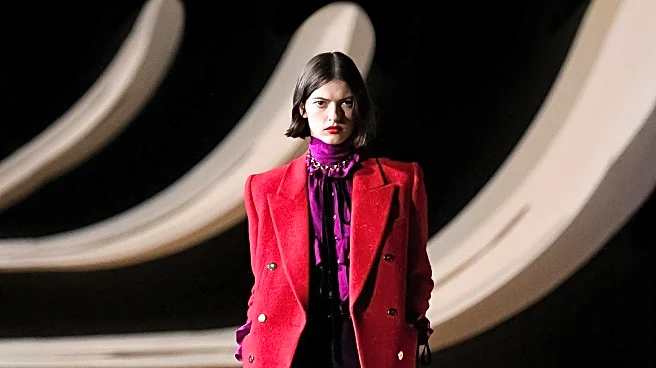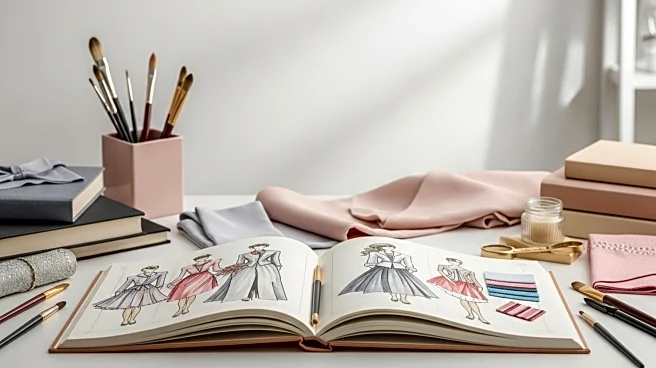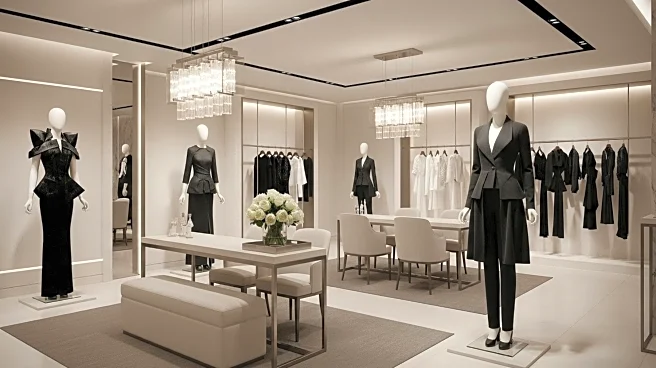What's Happening?
Véronique Nichanian, the artistic director of menswear at Hermès, is stepping down after a remarkable 37-year tenure. Hermès confirmed her departure, stating that she will present her final collection
during Paris men's week in January. Nichanian's career began at Cerruti before she was recruited by Hermès's chief executive Jean-Louis Dumas in 1988. She became renowned for her innovative and wearable designs, characterized by high-quality materials and a vibrant color palette. Her Spring/Summer 2026 collection featured breathable clothing with lightness and sensuality, including a playful monkey print on tote bags. Nichanian's decision to step down was influenced by her desire to devote time to other pursuits, a choice she discussed with Hermès executives Axel and Pierre-Alexis Dumas over the past year or two.
Why It's Important?
Nichanian's departure marks a significant transition in the luxury fashion industry, as she held the longest tenure of a serving creative director in fashion. Her exit follows a broader trend of creative vacancies at major fashion houses, with 15 designer debuts during the Spring/Summer 2026 season. Hermès has managed to maintain strong financial performance despite a luxury market slowdown, posting 8% growth in the first half of 2025. Nichanian's influence on menswear and her ability to blend creativity with commercial success have been pivotal for Hermès, and her departure may lead to shifts in the brand's design direction and market strategy.
What's Next?
Hermès is expected to appoint Nichanian's successor in the coming days, which will be closely watched by industry stakeholders. The new artistic director will face the challenge of maintaining Hermès's reputation for high-quality, innovative designs while navigating the evolving luxury market. The transition may also prompt strategic adjustments in Hermès's menswear line, potentially influencing trends and consumer preferences in the luxury fashion sector.
Beyond the Headlines
Nichanian's departure highlights the broader dynamics within the luxury fashion industry, where creative leadership changes can significantly impact brand identity and market positioning. Her decision to step down reflects a personal choice to balance professional demands with personal interests, a consideration increasingly relevant in high-pressure creative roles. The transition at Hermès may also inspire discussions on the sustainability of long-term creative leadership in fashion.
